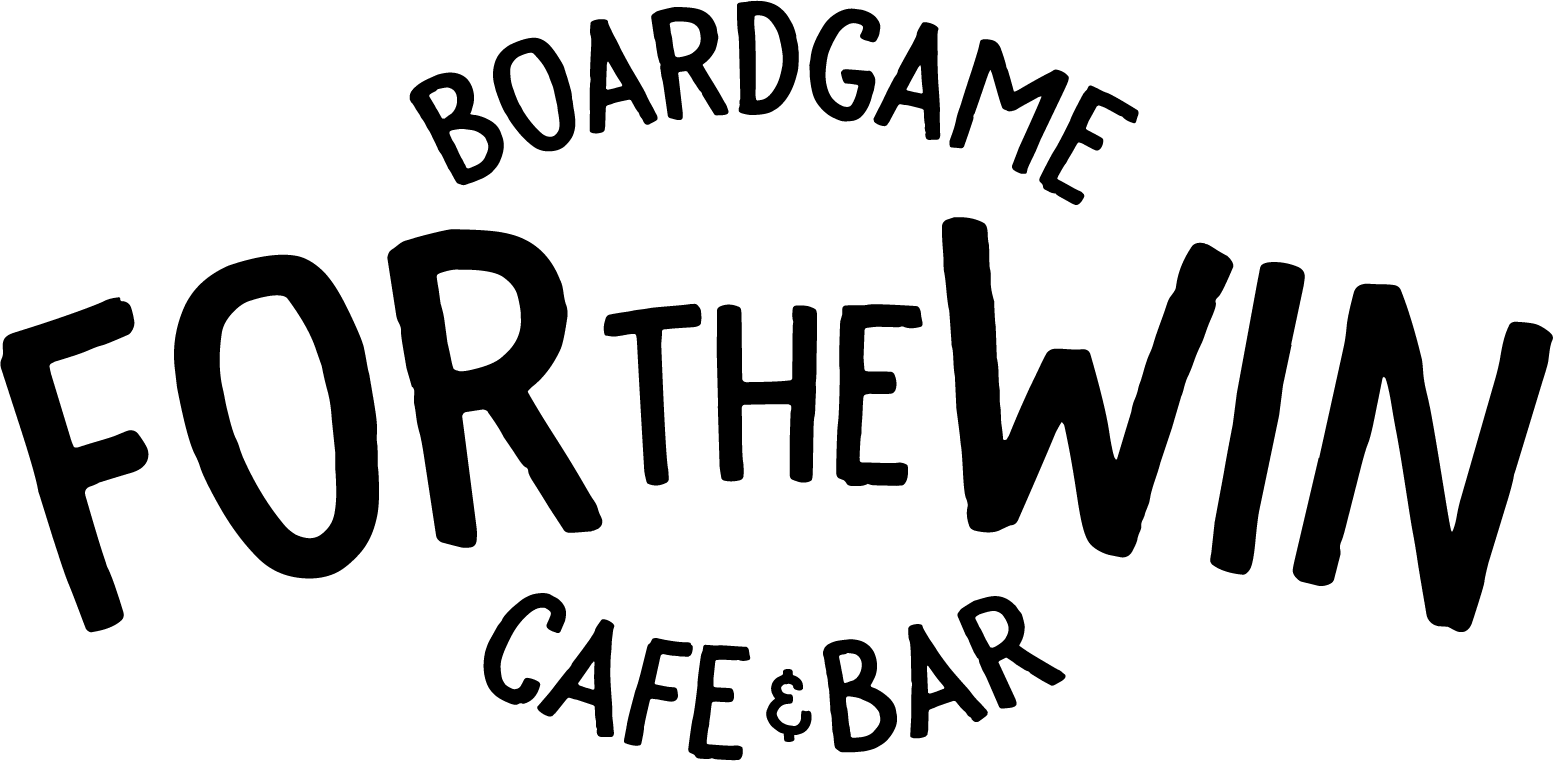Half Truth
Trivia games are a tricky thing to get right. All-encompassing trivia games have to carefully balance fun, while still rewarding knowledge. Often this leads to games leaning on things like multiple choice or betting to even the playing field. Designed by Richard Garfield (Magic: the Gathering, King of Tokyo) and Ken Jenning (Jeopardy legend), Half Truth is a trivia game that takes on that hybrid of party trivia.
Games in the party genre are often wrapped in cheap packaging and forgettable or generic design. Half Truth delivers on making the most of every inch of its box. The components can easily withstand any beating. With the same chips used as in the original version of Splendor, there’s a real tactile feel to handling them. The trivia cards are sectioned into five separate deck boxes, allowing players to keep track of which cards have already been played. And while the general art direction of the game is rather minimalist, it does the job of conveying all the important information up front, without any bloat. The unconventional, but pleasing colour palette also scores it some points here.
Half Truth is played over the course of three rounds. Each round has its own tracker, which awards more points to players the further along the track they are. Turns begin by rolling the die to determine how many points the question is worth. Each question card has a category listed above it like: “Discontinued Jelly Belly flavours”. Below are six choices, three correct and three incorrect. Players must then decide in secret which answers they think may be correct. Only one correct answer is needed to score points, but the more a player guesses correctly, the more points they will earn. However, if any of their guesses is incorrect, that player scores no points. At the end of three rounds, the player with the most points is declared the winner.
Trivia games rely heavily on its questions and their timeliness. Half Truth leans a little more into pop culture, while still providing traditional categories (history, geography, etc.). While I did find there was a slight bias toward American history and culture, it’s to be expected considering who designed game. The variety of questions is exactly the type of randomness that would come from a 74-time Jeopardy winner. The push-your-luck aspect of the game gives a solid risk/reward element to the game, that benefits knowledgable players without kneecapping inexperienced ones. Best of all, the games are quick, and with simultaneous turns everyone is always engaged.
Half Truth tactfully balances the scale for a party trivia game. The questions are often specifically niche, but with the provided six choices there is usually a safe bet. The ‘game’ element comes in the form of players deciding when it’s time to push for extra points. And when it comes to delivering an enjoyable experience, Half Truth gets more right than wrong.




